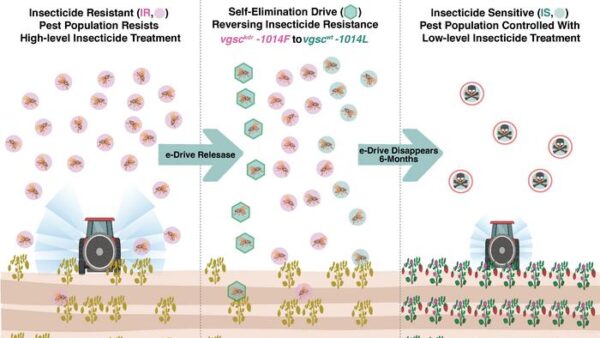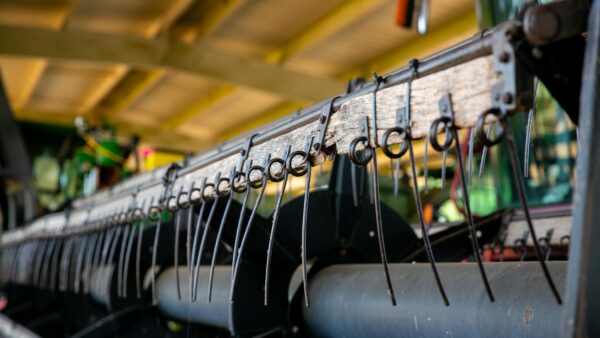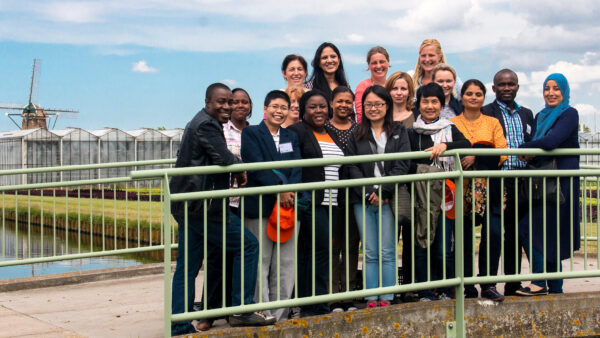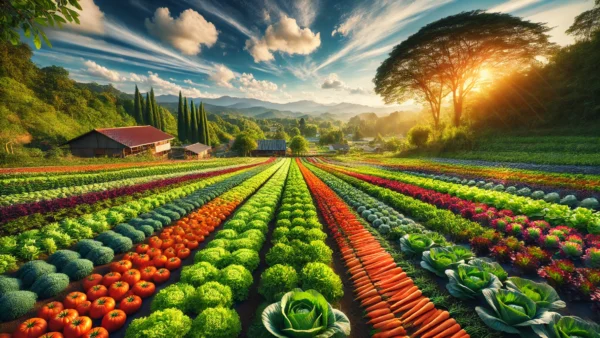The modern tractor is more technologically sophisticated than the first space shuttle that went to the moon. The implications for the ag sector are staggering, says this Germany-based futurist.
The seed and agriculture industries exist at a very unique time in world history, when the biggest and most successful companies are focusing not on making products or building infrastructure, but on something else altogether — mastering data. And the agriculture and seed industries must be prepared to function in this new environment, too, in order to ensure food security for the future.
That means that seed companies and other ag industry groups might just have to think more like Uber, Amazon and the Huffington Post.
“The world’s biggest taxi company doesn’t own taxis. The world biggest retailer has no inventory. The most prominent media outlet doesn’t produce any content,” says Jörg Wallner. “What does that mean for agriculture? All these business models are not based on only the infrastructure, because they’re all capitalizing on this additional layer — the data layer. And that means everything has changed, and agriculture has to be ready.”
In the business world, the concept of what it means to provide products and services is not the same as it’s been in the past, and the ag industry is ripe for similar change and disruption.
“The computing power of today’s typical farm tractor is higher than what was needed to reach the moon with the first space shuttle,” he says. The implications of that are significant.
Wallner is director of innovation management and consulting at 2b AHEAD, a Germany-based think tank, and he recently spoke at Gutsbetrieb Rehhütte, a modern, efficient and profitable organic farm that produces high-quality wheat, rye, rape, maize and sugar beet near Limburgerhof.
Thanks to ultra-modern technology and years of experience, the facility is also a partner for the research team at the BASF Agricultural Centre. It was a fitting location for Wallner to talk about technology and the future — when European Seed caught up with him, he was addressing 81 journalists from 25 countries there to hear him speak about what life and agriculture will be like in 2025.
So what will life be like less than a decade from now? More different than we can imagine, he says.
Technological developments tend to go like this, according to Wallner. Say you take 30 steps forward in a linear motion — how far will you go? Twenty-five or 30 metres. But if you do this on an exponential basis, where will it take you? Thirty steps will take you 25 times around the globe.
“Right now, we are used to thinking in a linear way. That’s all about to change,” Wallner says. “Things are about to start moving very fast.”
Analyze Data, Predict the Future
The agriculture industry and farmers are now able to predict the future, quite literally, Wallner notes. The Food and Agriculture Organization of the United Nations has already predicted, by thinking exponentially, that the world population will be nine billion by 2050.
More people to feed, but no extra farmland. This is the major challenge the world faces, and it’s no secret to the ag industry. The question, according to Wallner, is how to tackle it.
“We have three different ways to tackle it — make things happen, watch them happen, or say ‘Oh, what happened?’ We should be going with Option A,” Wallner says.
The key is big data, one of the most bandied-about terms in the industry these days. According to Wallner, farmers need to be given the tools that will allow them to make good use of the massive amounts of data they’re now able to collect.
“How can big data be converted into actionable solutions? This is the real challenge. We must analyse data to predict the future,” he says. And again, the industry needs to think exponentially. “Making predictions for the next 20 years is like going back 20 years. Think how much change has occurred in that time and you’ll know what the implications are for the next decade.”
Connected Living
Wallner foresees 50 billion connected devices on this planet by 2050. “Everything around us will be connected and used to control things in every aspect of our lives.”
Furthermore, smartphones are on their way out. “The way we interact with the machine is changing,” he says.
And that means the consumer’s relationship with their food is changing, too. In a couple years there will be no more keyboards — face, emotion and thought recognition will be paramount, he says. Devices will be hands-free. Information on our food and how it’s produced will be even more readily accessible than it is today.
“We have stronger links between health and food, and the eating of real food. People care how food is produced and served, support for local food is big, traceability, and the minimisation of food waste are all important,” Wallner adds. He argues food plays a big role in our identity, and the agriculture industry must manage that process in order to influence consumers.
“If you manage to convince your customer that you care how foods are produced, you have a fairly good chance to enter that segment and use food products for identity management.”
But that will involve companies involving themselves in the data layer.
“A lot of new business models focus on exactly this layer. If you’re not in this layer, you will run into problems to reach the customer. You have to try and be present in this layer as much as possible.”












